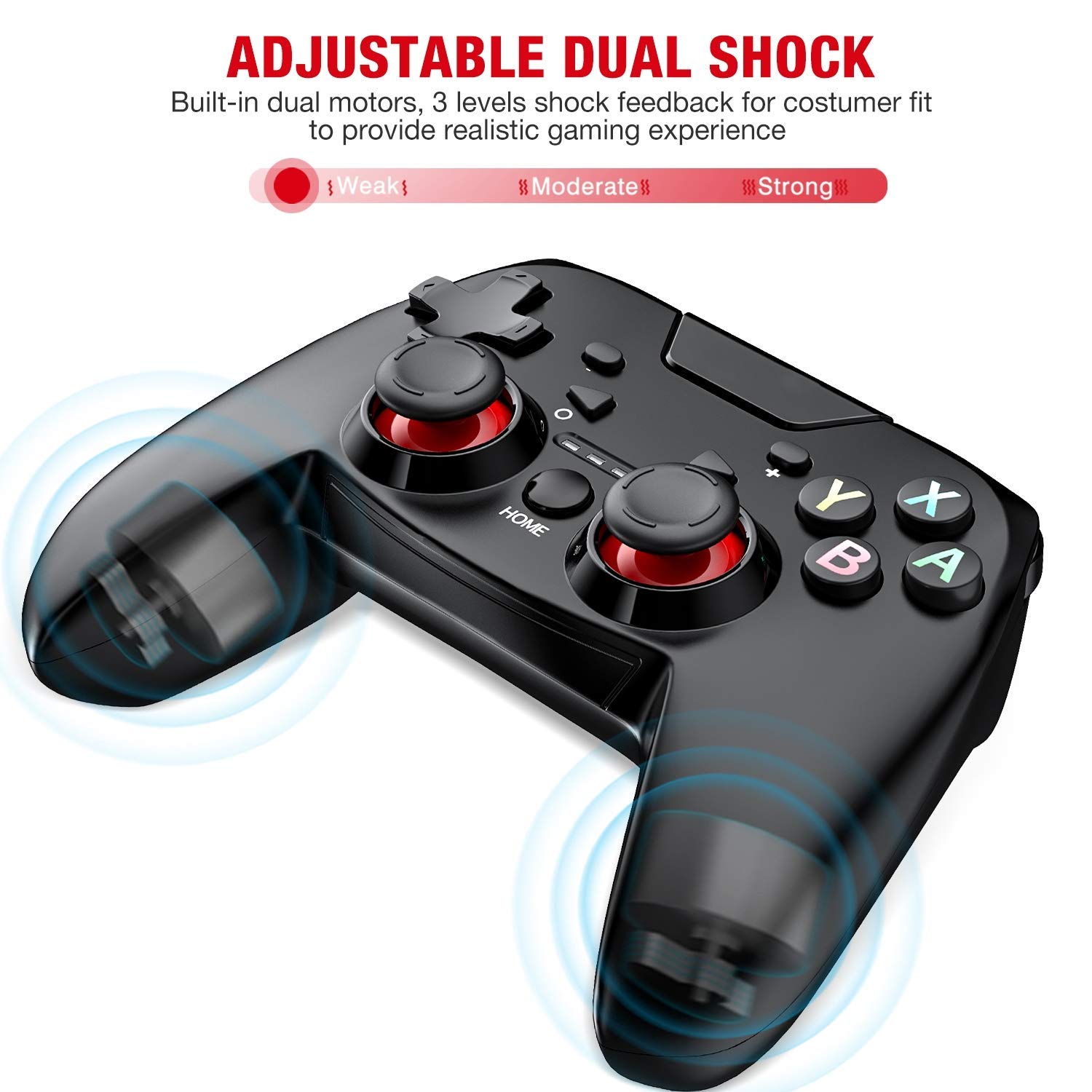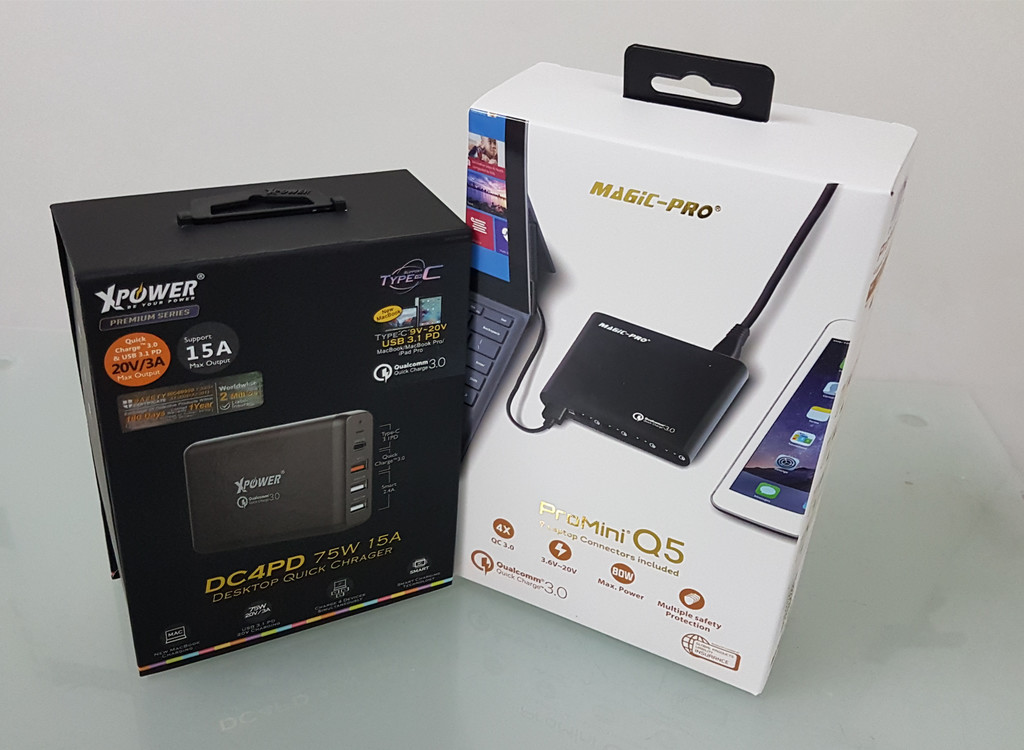

If both methods above have not worked, giving the area a sharp tap with a hammer might break the screw free.

Allow the oil to soak in for 5-10 minutes.Apply a liberal amount of penetrating oil to the area.Soaking the area with penetrating oil, may free up the screw enough for you to remove it. Sometimes screws seize up due to rust, or other debris. This will allow you to exert more torque, and may put you in a better position to push the screwdriver harder into the screw head. If you are using a screwdriver with a hexagonal or square shaft, you can grip the shaft of the screwdriver with an adjustable spanner (wrench) or vise grips. Push the screwdriver as hard as you can with your back hand into the screw, and twist with your other hand.Put the palm of one hand on the back side of the screwdriver handle, and wrap your other hand around the handle ready to twist.Use a screwdriver with a head that fits snugly in the screw head.

The first thing to try, is simply to apply more inward force while turning. Sometimes tightening the screw very, very slightly, can loosen it up enough that it can be removed. In some situations left-hand thread screws are used (usually to prevent screws from loosening due to rotational forces), so you'll actually have to turn the screw clock-wise to loosen it. Most screws are right-handed threads, so you'll turn them anti(counter)-clockwise to remove them. Are you turning the right way? Remember, " Righty tighty, Lefty loosy" (which never made sense to me).


 0 kommentar(er)
0 kommentar(er)
